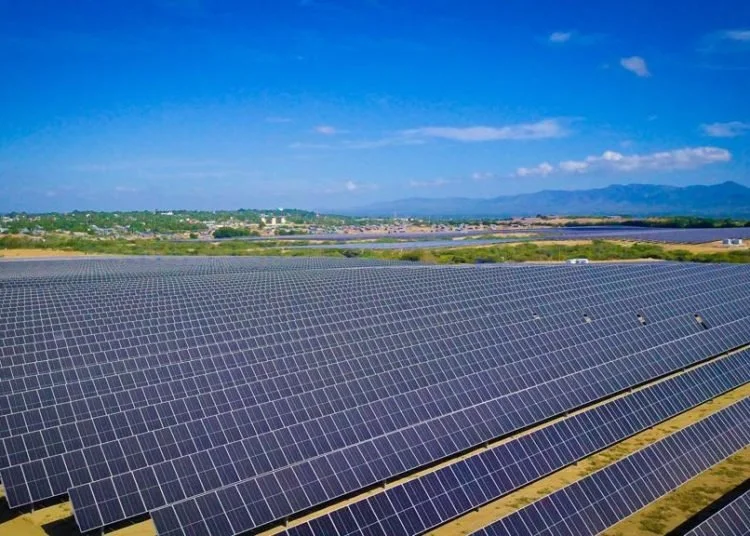Santo Domingo.- The energy transition involves shifting from an electricity production system based on fossil fuels—such as coal, petroleum derivatives, and natural gas—to one dominated by renewable and clean sources like water, sun, wind, and biomass.
According to the “2023 Climatescope Ranking” by Bloomberg New Energy Finance (BNEF), which assesses the attractiveness of markets for foreign investment in energy transition, the Dominican Republic has improved its international standing. It moved from 45th to 43rd place out of 140 countries. In emerging markets, it rose from 22nd to 20th place among 110 nations, and in the Latin American and Caribbean region, it advanced from 7th to 6th place.
A press release from the Ministry of Energy and Mines (MEM) states that this achievement has been recognized by organizations such as the Latin American Energy Organization (Olade) and the International Renewable Energy Agency (Irena).
In 2023, the World Economic Forum placed the Dominican Republic in 88th position in its global ranking of countries in energy transition, scoring 50.7, the best position for the country in the past nine years.
The MEM highlights that the country’s renewable electricity generation capacity grew from 555.5 MW in 2020 to 1,126.25 MW by the end of 2023, marking over 103% growth in three years. Currently, more than 1,300 MW of photovoltaic projects are under construction. During peak times between 9:00 AM and 1:00 PM, renewable sources contribute over 35% to the system, approximately 890 MW.
The increase in clean energy reduces spot market prices and decreases fossil fuel consumption and imports, leading to less pollution and reduced foreign energy dependence.
To support these efforts, President Luis Abinader issued Decree 65-23, updating the Renewable Energy Incentives Law (Law 57-07) to enhance transparency and eliminate uncertainties in renewable contracting processes.
In 2023, foreign direct investment in the energy sector, along with tourism, led the national economy, totaling US$1,071 million.

